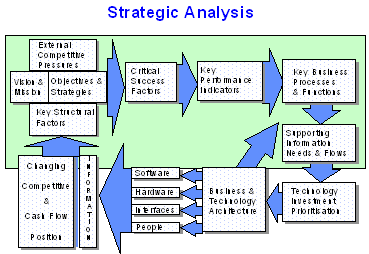Profit-Driven Technology Strategy
for Finance Directors, KGHM Rudna and Lubin Mines, Poland
April 1992 through October 1993
Objective: a business needs analysis / feasibility study for new information systems and ways of generating funds to finance the investment
The Board of the copper mines in Rudna and Lubin needed to upgrade their outdated information systems, but their ability to finance the investment was in doubt. They wanted to know whether the plan would enable enough funds to be generated internally as a result of the investment to be able to repay any external financing required. A secondary objective was to identify any means of generating improvements in cash flow to minimise the amount of finance that would have to be obtained.
Methodology / Analytics: strategic review; benchmarking of internal differences and comparisons with other countries and industries; redesign of business processes; IT investment prioritisation.
The initial finding was that in one mine, a clear set of objectives existed, but in the other, the new freedom of decision making offered by the market economy had still to be realised in an appropriate corporate strategy. The concepts of Critical Success Factors were introduced and Key Performance Indicators proposed, which provided a logical framework on which to develop the IT feasibility study. The analytical review revealed a very different profile of investment priorities for the two mines. In one case, the inventory position was such that the primary requirement was for a better purchasing and materials management system; in the other, the more urgent requirement was for a better general ledger and cost and management accounting In both cases, the changes in the main businesses were described in outline. The different investments in technology were prioritised according to the rapidity of cash flow and profit improvement, and the risk profile or ease of implementation.
Results: substantial profit and cash flow improvements identified, investment priorities established for new information systems.
Potential cash flow savings of £12m (over 50% of materials inventory) were identified and annual cost savings of 10-15%. Much of these came from improved processes and accountabilities, but a substantial proportion was only possible with new information systems. Unfortunately, the project was delayed due to the departure of all of the key managers in information systems and radical changes in Board personnel and the onset of strikes which made the immediate financing impossible.
(The above was a Kingdom Technology project, a business founded and managed since 1990 by Robin Hirsch.)
